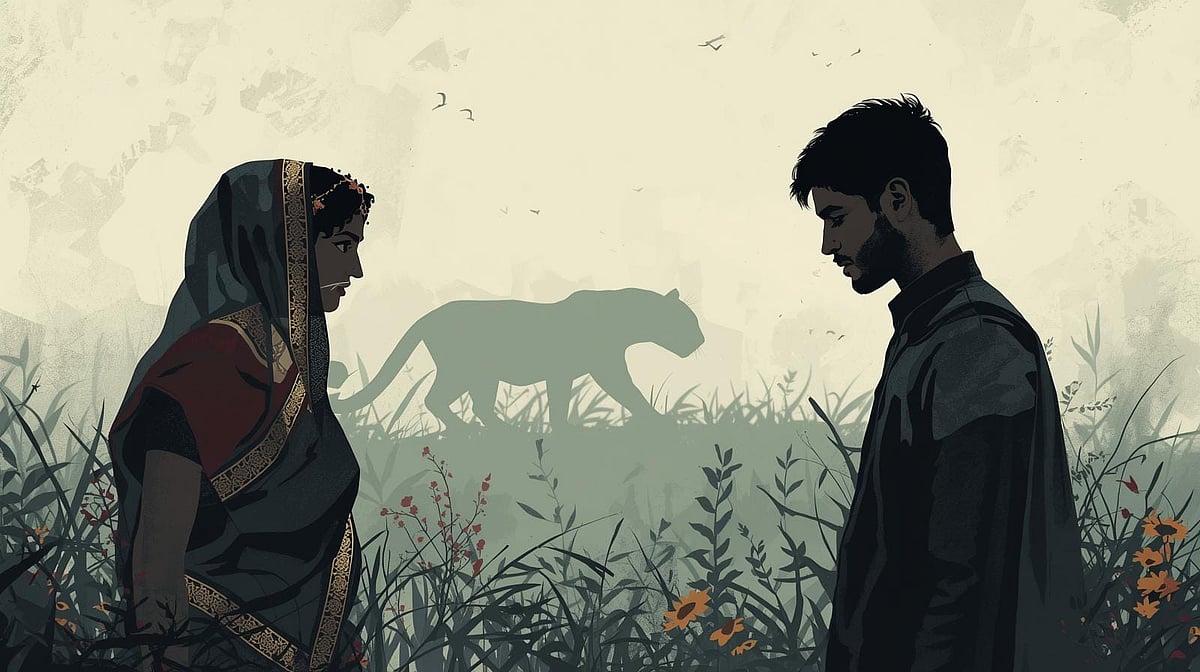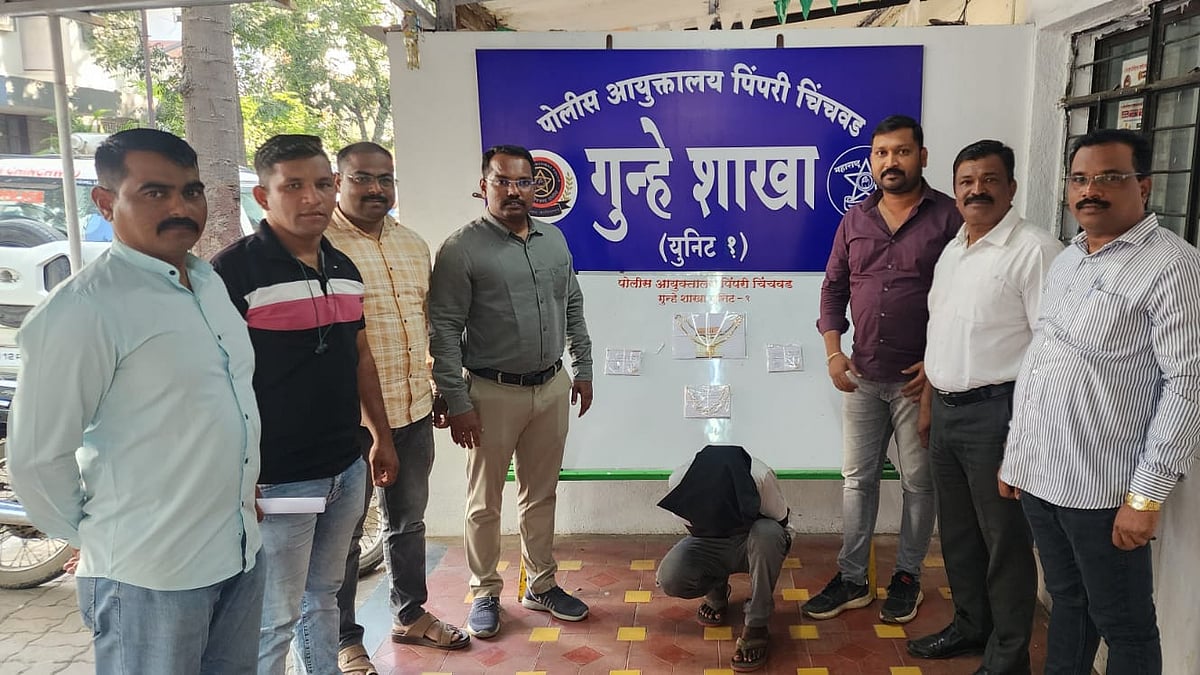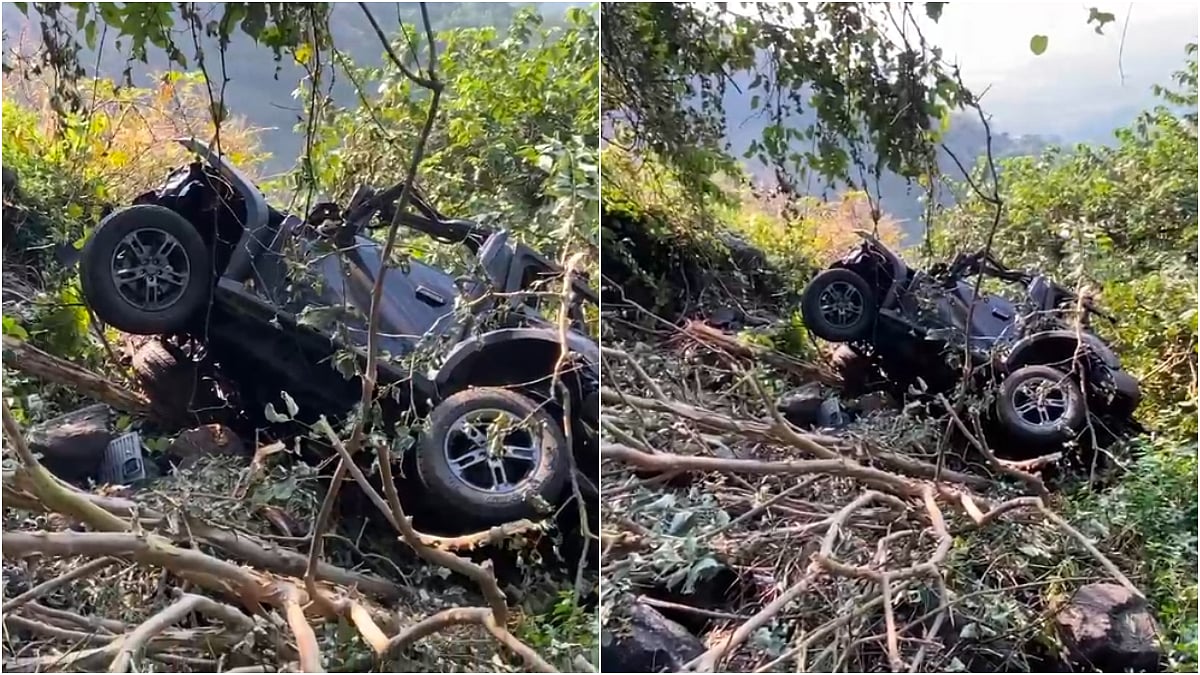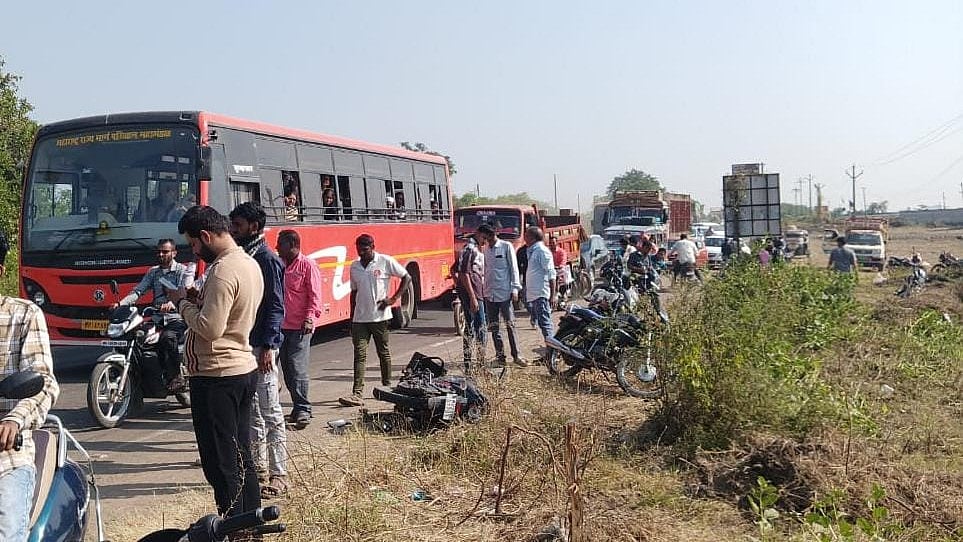Pune: The leopard menace has caused a long list of problems in Shirur, Ambegaon, Junnar, and Khed Tehsils of Pune District. However, the most unexpected yet major problem it has caused is that arranging a marriage has become a tough task. Local residents have reported that it has been hard for them to find a good bride for their sons; meanwhile, parents don't want their daughters to marry a groom from the same area. The reason behind this is the constant human-leopard conflicts reported in this area.
Arranged marriage is still dominating the charts in the majority of areas of India when it comes to the matchmaking of couples. But as society is more evolved than ever and people are more cautious now, many things are considered when marriages are arranged.
For decades, people have considered the personalities, financial conditions, and overall environment of families. But in these tehsils, all the considerations are being sidelined, and people are being rejected in marriage due to one primary reason -- the potential leopards in their backyards.
Local residents spoke to The Free Press Journal regarding the problems they are facing due to leopards. Along with the obvious risk to lives, the collateral damage is hampering the social and economic lives of people here. According to experts, the marriage angle is not only due to the leopard menace but also the preference of people not wanting to connect with families living in rural parts or having modest and humble earnings.
The Leopard Menace
The leopard menace in the Junnar, Shirur, Ambegaon, and Khed tehsils in the Pune district has dramatically escalated in recent days. Several incidents of severe human-wildlife conflict were reported in these tehsils for years. Recent attacks have been particularly tragic; for instance, in the Shirur region, which falls under the Junnar forest division, three people, including two minors, were fatally attacked within approximately a span of 20 days in Pimparkhed village. These incidents resulted in the shooting of a suspected man-eating leopard by forest officials earlier this month.
These fatal incidents sparked massive public outrage, leading to protests and road blockades by villagers demanding urgent government intervention. The villagers' core demand is for immediate and permanent action to ensure human safety. Their primary call is for the Forest Department to capture, relocate, or kill leopards. Leopards, particularly those identified as man-eaters, should be shot on sight, demand residents. Villagers also demand a long-term strategy, including sterilisation drives to control the soaring leopard population, fencing of habitats, and increasing their manpower and infrastructure to effectively deal with the crisis. Furthermore, they urge the government to declare the human-leopard conflict a state-level disaster. This will result in the authorities facilitating a faster, more robust response against the menace.

The primary reason for the high leopard population is the area's suitability as a thriving habitat. According to the Wildlife Institute of India (WII), the Junnar forest division has an unusually high density of leopards. WII claims there are six to seven leopards per 100 square kilometres. The key ecological drivers are the extensive sugarcane plantations, which provide the big cats with excellent cover for hiding and breeding. combined with the readily available prey base of domestic livestock and dogs in the surrounding human settlements. This combination of abundant water, safe cover, and accessible food allows the leopard population to flourish right in the human-dominated landscape, leading to frequent and often fatal encounters.
Can’t Marry & Won’t Marry
Speaking about the unusual problems the leopard has caused, Sakharam Mohite Patil of Shirur Tehsil said, “My son is a 28-year-old good man. We want to marry him to a suitable bride. Through relatives' references, we met a couple of potential brides and their families in recent weeks. It seems they agree to everything except when it comes to our village. We live near Parhadwadi, and when we tell them it's in Shirur tehsil, they all have listened to the recent incident in Pimparkhed. Within some days, they tell us it's a no.”
Citing the same reasons, Shankar Kamble of Junnar Tehsil said, “My son is in the army. We have been looking for a bride for him, too, for a couple of years. We have seen girls ready to stay with our son in the army residences, but not here. They prefer that danger over leopard danger, it seems. Also, many days, girls don't want families from rural areas or people engaged in farm business. They want to live in a city and be independent.”

Justifying these concerns, Surekha Yadav of Mulshi said, “We had received a reference about a prospective groom from Khed Tehsil. We went there and met with them and saw their home. They seemed like good people, and we were interested in marrying our daughter. But while coming back, we stopped in a restaurant for some refreshments. There we heard how a leopard was spotted on somebody's farm. We thought that if our daughter were staying here, she should be safe. That's why we didn't move forward.”
Santosh Walse Patil, a local journalist giving his expert opinion, said, “Well, in these areas, it's true that this must be happening due to leopards. But again, it's the overall preference of women not wanting a groom from a rural area or involved in farming. The leopard menace has always been a problem here, but it has gained popularity recently due to the media's wide coverage. I do think, in some cases, this might be relevant, but in my opinion, in many cases, this is just one of the reasons. Many things are considered when people marry; this is not the only one, I think.”
Measures Being Taken
Maharashtra Forest Minister Ganesh Naik visited the leopard-affected area last week. Speaking at the event, he announced major decisions to control the situation. Naik had said, “If the leopard has become a man-eater, it should be shot on the spot. We cannot be silent spectators to the hostile environment created due to rampant leopard attacks. We are also considering sterilisation of the big cats; else, very soon we may see leopards strolling around in villages just like stray dogs. The big cats seem to have assumed that the abundant sugarcane farms are part of their habitat.”
“The Wildlife Department has received permission from the Central Government as per the laid-down conditions for sterilisation, and that too only for the Junnar division. We have allocated ₹11 crore for replicating the Chandrapur model of using an AI-based early warning system that will minimise instances of human-animal conflict. The system tracks leopard movements and alerts villagers in advance. We are ready to shift leopards to other states, and even if needed, we can shift them to African nations also. It is our duty to look after the families of victims who have lost their lives in leopard attacks... As a responsible government, we will provide the family members of the deceased with jobs in the forest department,” said Ganesh Naik.
The escalating leopard crisis in Pune District has moved beyond immediate safety concerns, generating an unexpected social collateral -- a marriage roadblock. With parents increasingly unwilling to risk their daughters' safety, young men in Junnar, Shirur, Ambegaon, and Khed are being rejected by prospective brides. Meanwhile, leopard movements are increasing, and so is their population. While authorities scramble to implement sterilisation and high-tech tracking, this unique conflict between wildlife and weddings has highlighted the impact of the menace on the social fabric of the region. However, residents have claimed that safety comes first and solving the leopard menace is the priority.











